Description
100 Seeds Moneymaker Tomato is true to its name! This cordon variety was a cash crop for English farmers and home gardeners for decades due to its high tolerance to heat and humidity and easiness to grow! A great vine tomato, just stake and watch it grow straight up with hardly any side-shoots! Moneymaker produces flavorful red fruits 1 1/2-2 inches in diameter. Indeterminate. We ship in 1 business day. Shipped with USPS First Class Mail. Plant Name: Tomato, Moneymaker Latin Name: Solanum lycopersicum Days to Germinate: 7-14 Days to Harvest: 75 Germination Rate: 95% Test Date: 11/21 Growth Habit: Indeterminate USDA Zones: 3-12 Lifespan: Annual Country of Origin: United States Sunlight: Full Sun, Partial Shade GMO: No Pollination: Heirloom, Open-Pollinated Fungicide-Treated Seeds*: No Seeds Packed For**: 2022 *Fungicide-treated seeds protect the seedlings from diseases until they are up and growing. Do not eat treated seeds. **Seeds are freshly packed for the growing season of the year listed. Seeds are still viable beyond pack date. Store in a cool and dry location such as the refrigerator or basement to best preserve germination rates. Planting Instructions: Soil Preparation: Choose an area with heavy, well-draining soil that receives at least 6 hours of sunlight each day. Several weeks before planting, prepare dig or plow the soil 8-10 inches deep and rake up several times to break up large clods. Work the soil when it is dry enough to not stick to garden tools. You may optionally spread 2-3 inches of organic material, such as manure, compost, peat moss, or rotted hay and mix into the top 4-6 inches of soil. Planting: Try not to plant seeds until the soil warms in the spring and all danger of frost is past since tomatoes grow best in warm weather. For Fall tomatoes, transplant tomatoes about 100 days before the first expected frost. Starting tomatoes indoors and then transplanting outdoors will be easier than if starting from seed outdoors. If direct sowing, plant 3-4 seeds in 1/2 inch deep holes on raised beds about 6 inches tall. Space holes 2-4 feet apart within rows spaced 4-5 feet apart (from hole to hole). For staked or caged plants, space the rows at least 3 feet apart. For unsupported plants, leave 4 to 5 feet between the rows. If transplanting, plant 3-4 seeds 1/2 inch deep in a pot. When tomato plants are 6-8 inches tall, transplant outdoors. It is best to transplant tomato plants in the evening or a cloudy day to prevent plants from drying too much and wilting. Make 3-4 inch-deep transplant holes spaced 2-4 feet apart within raised rows spaced 4-5 feet apart (from plant to plant). Fill the holes with water and let it soak in. Move the plants carefully from the pots or flats and set them in the transplant holes. Set the transplants slightly deeper that it had been growing, burying some of the stem in the ground. Pack the soil loosely around the plant. Leave a slightly sunken area around each plant to hold water. Water the plants after planting. Planting Depth: 1/2 inch Within-Row Spacing: 2-4 feet Between-Row Spacing: 4-5 feet Care During the Season: Watering: Water the plants enough to keep from wilting. Slow, deep watering helps the root system grow strong. Try not to let tomato plants wilt severely or this may reduce yield and quality of the fruit. Weeding, Staking, and Pruning: Keep plants as weed-free as possible. When tilling or hoeing, be careful not to cut too deeply into the soil near the tomato plants as cutting the feeder rooters may slow the plant’s growth. Pull by hand any weeds that are close to the plants. Mulching can help increase yields. Spread a 2-3 inch layer of organic material, such as compost, leaves, or hay around the growing plants. Mulching will help stop weed growth and water loss from the soil. Stake or cage tomatoes to support them or let tomatoes grow on the ground. A 6-foot long stake set 10 inches deep in the soil will work well. If staking, put the stake in shortly after transplanting to lessen root damage. As the plant grows taller, tie it the plant loosely to the stake every 12 inches with pieces of rag or twine. Prune staked tomato plants to produce a more orderly vine. Remove the small shoots that grow out of points where each leaf join the main stem. If caging, you can make a good cage by using a piece of concrete reinforcement wire 5 feet tall and 6 feet wide. Put the cages over the young plants and push the cages down in the soil to keep them from blowing over. Both tying and pruning is usually not needed in this method. Fertilizing: You may optionally add 2-3 pounds of a complete fertilizer per 100 square feet of garden area. Spread the fertilizer evenly over the garden and work into the top 3-4 inches of soil. If planting single tomato plants, when tomato fruits grow to 1 inch in diameter, you may optionally place about 1 level tablespoon of fertilizer around each plant about 6 inches from the stem, then mix fertilizer well with the soil. Fertilize the plants every 3-4 weeks with 1-2 level tablespoons of fertilizer. Water the plant after adding fertilizer. This may help increase the yield and quality of the tomatoes. Insecticides: Insecticides may be used to protect plants. Bt-based insecticides and sulfur are organic options that can be used for prevention. Sulfur also has fungicidal properties and helps in controlling many diseases. Sevin is a synthetic insecticide that can be used to control for the flea beatle. Insecticidal soaps and neem oils are good ways to control for psyllids and whiteflies. Before using a pesticide, please read the label and always follow cautions, warnings and directions. Diseases: Watch tomato plants closely, especially in mild weather. Leaf spots are caused by fungi and bacteria and can be treated with neem oil, sulfur, and other fungicides. Please always follow label directions. Harvesting: For best quality, pick tomatoes at full color. The first tomatoes are usually ready 8-10 weeks after transplanting. If you pick them when they are transitioning colors, let them ripen at room temperature. They may be stored in the refrigerator after they reach full color. Nutrition Facts: Tomatoes, red Amount Per 123 g Calories 22 % Daily Value* Total Fat 0.2 g 0% Saturated fat 0 g 0% Polyunsaturated fat 0.1 g Monounsaturated fat 0 g Cholesterol 0 mg 0% Sodium 6 mg 0% Potassium 292 mg 8% Total Carbohydrate 4.8 g 1% Dietary fiber 1.5 g 6% Sugar 3.2 g Protein 1.1 g 2% Vitamin A 20% Vitamin C 28% Calcium 1% Iron 1% Vitamin D 0% Vitamin B-6 5% Cobalamin 0% Magnesium 3% *Percent Daily Values are based on a 2,000 calorie diet. Your daily values may be higher or lower depending on your calorie needs.

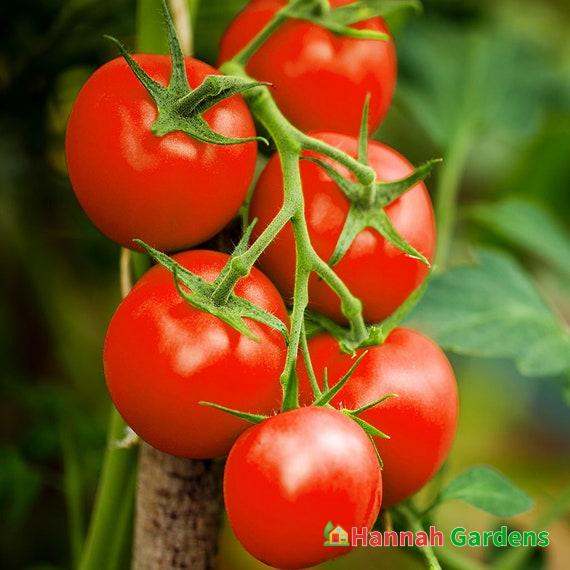
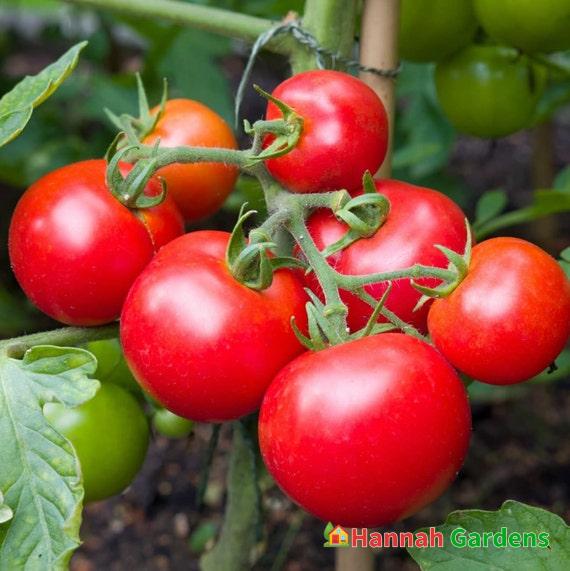
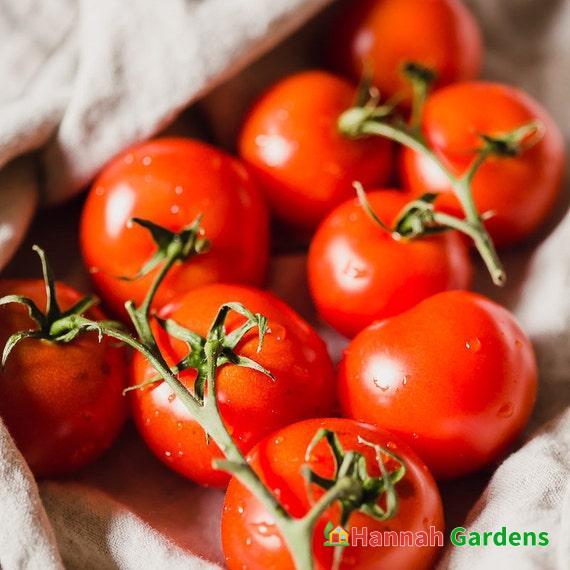
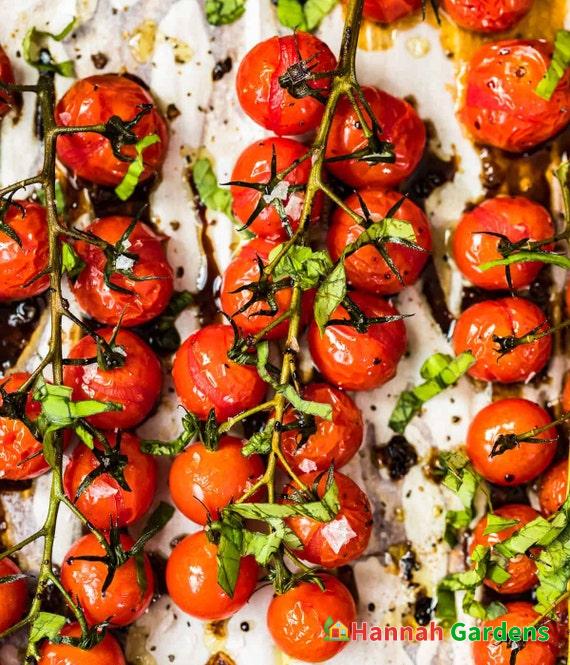
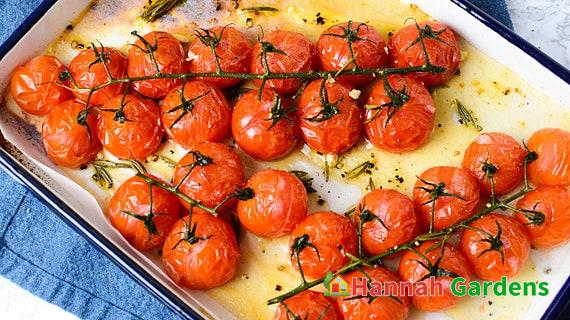
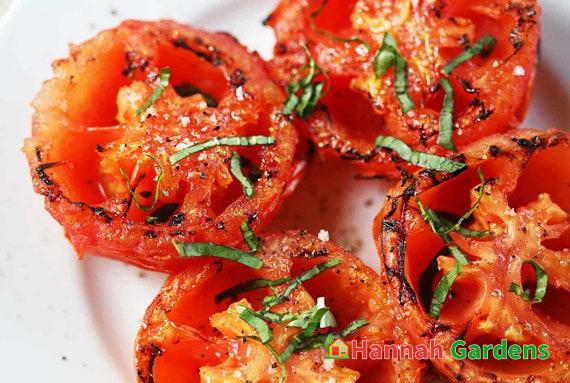


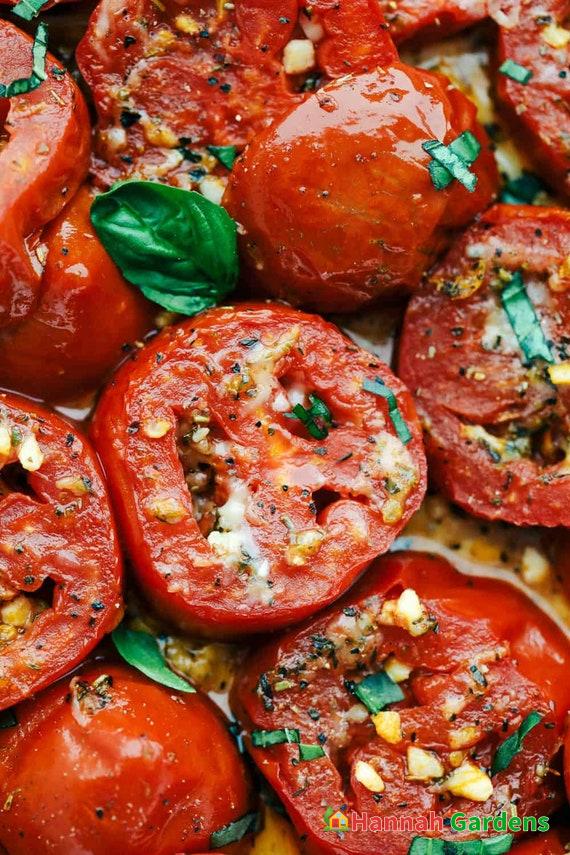

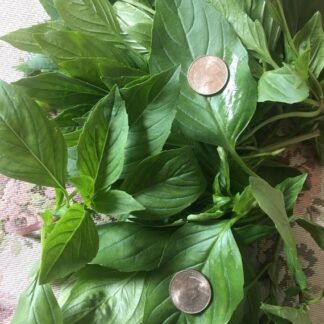
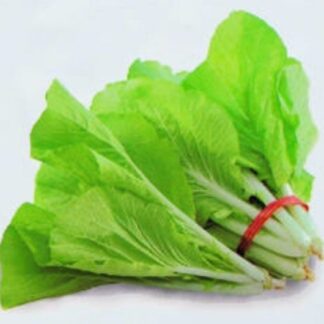
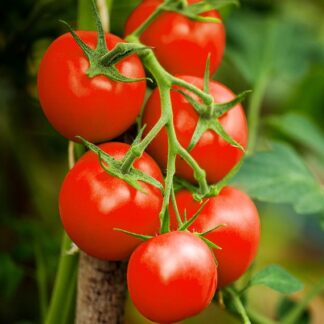
lisimarie –
–
deedlit78 –
Ordered other seeds along with this one and they were nicely packaged in bubble envelope. Seeds looks good. Have to wait until spring to see how they grow. Had directions on planting, which is helpful. And there were free seeds as gift! Will purchase from them again.
Cherval Brown –
I just planted ? my garden. I excited to see these seeds sprout and grow. They where packaged very well came with instructions on seed packets.
Clara. Gomez –
I always get a good crop from this tomato